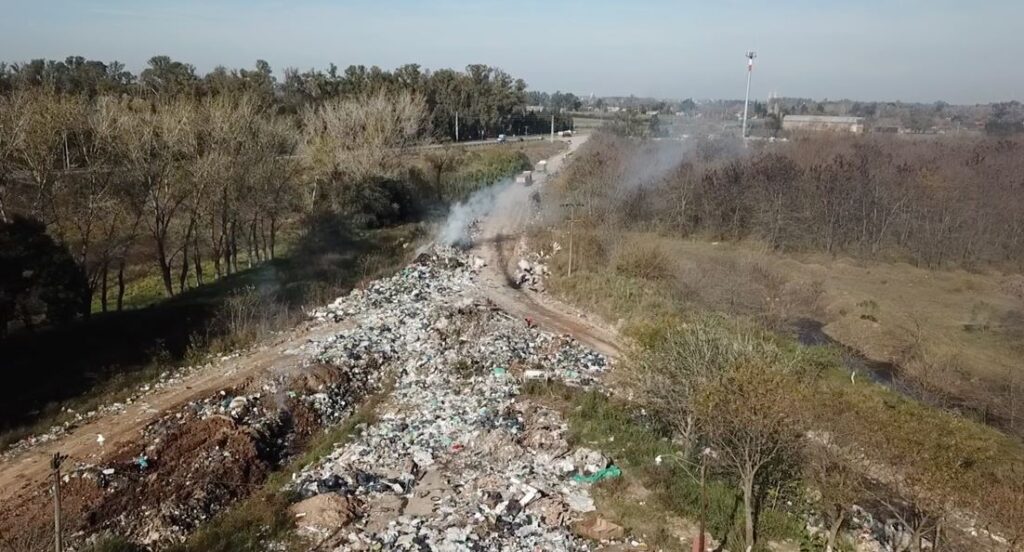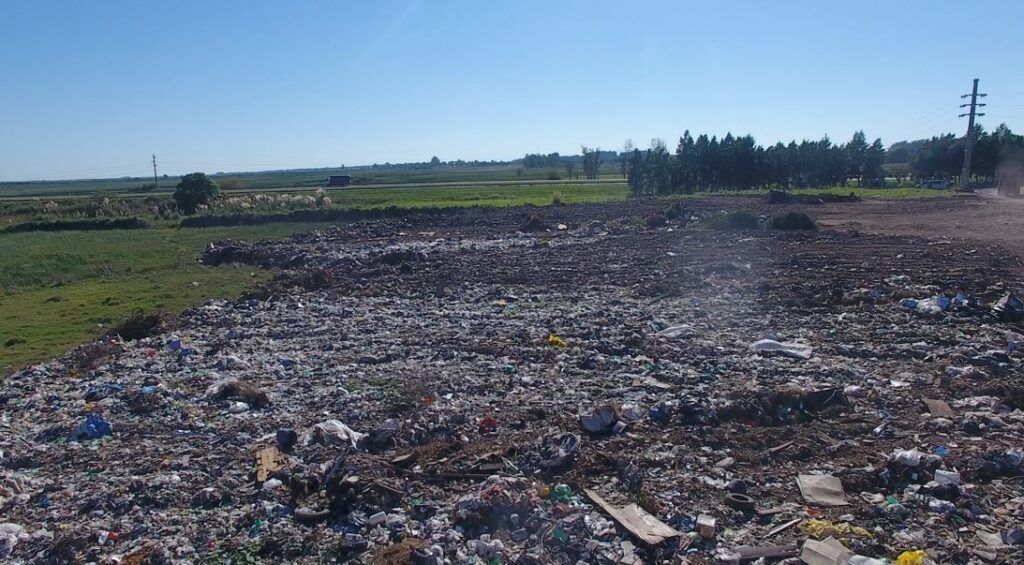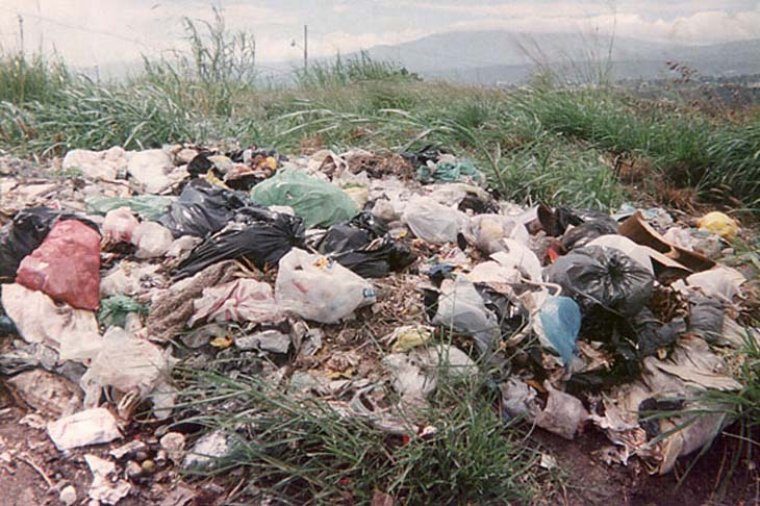In Argentina, there are at least 5000 cases of open-air landfills. One-third of the urban waste generated in Latin America and the Caribbean ends up in these spaces according to the United Nations.
And the consequences are devastating, both for the environment in general, and for human health.
What are open-air landfills?
These are sites where solid waste is disposed of indiscriminately, without operational control and with limited environmental protection measures.
 Open-air landfills: the consequences on health. (Photo: National Government).
Open-air landfills: the consequences on health. (Photo: National Government).
By not being properly treated, this puts people’s health at risk, as resources such as water, soil, and air become contaminated.
According to official numbers, there are around 5000 open-air landfills in Argentina. Unlike other disposal and treatment sites, open-air landfills lack minimum security measures. Therefore, all kinds of waste, including pathogenic and hazardous ones, can be found there.
Open-air landfills: consequences on the environment
The breakdown process that waste undergoes when stuck in landfills results in the emission of toxic gases. Thus, they generate 5% of global greenhouse gas emissions, responsible for global warming.
Furthermore, due to the lack of impermeable soil, they become a source of pollution, also due to the generation of leachate.
Leachate is produced when waste undergoes the decomposition process, and water (from rainfall, surface drainage, or groundwater) percolates through the decomposing solid waste.
This liquid contains dissolved and suspended materials that, if not properly controlled, can pass through the base floor and contaminate sources of drinking water or surface waters.
 The problem with landfills.
The problem with landfills.
Industrial waste and its impact on health
According to the latest report from the Argentine Chamber of Industrial Waste Handlers and Transporters (Catries) and the Argentine Chamber of Industries for Environmental Protection Treatment (Caitpa), there are 402,711 companies in the country responsible for generating industrial and hazardous waste.
However, of this percentage, only about 33,983 firms, that is, 8.44%, properly dispose of waste with an authorized provider.
“It affects us all equally, as it results in a lower quality of life, either from direct pollution impact, such as water pollution, or from the smoke generated by the illegal burning of waste on public roads that impacts the environment and health but has consequences on road safety among other things,” pointed out Claudia Kalinec, president of Catries.
“The environmental agenda, especially the waste chapter, is transversal to all areas,” she added.
How waste should be treated
 The danger of open-air landfills.
The danger of open-air landfills.
According to the United Nations Environment Programme (UNEP), there are three classifications to consider the fate of waste, with the last two being appropriate:
- Landfills: have no control, neither for access nor emissions nor for the type of waste. Many times they are clandestine.
- Controlled landfills: are facilities designed and operated to control and minimize negative environmental impacts. Unlike the former, specific measures are implemented to prevent soil, water, and air pollution, as well as to reduce greenhouse gas emissions, such as methane.
- Sanitary landfills: are sites where the final disposal of waste is done safely and controlled. According to UNEP, only these can be considered as an appropriate method of final disposal.
It is an engineering work specially designed to dispose of waste safely for the environment and people’s health, preserving soil, water, and air resources.
Do you already know our YouTube channel? Subscribe!

